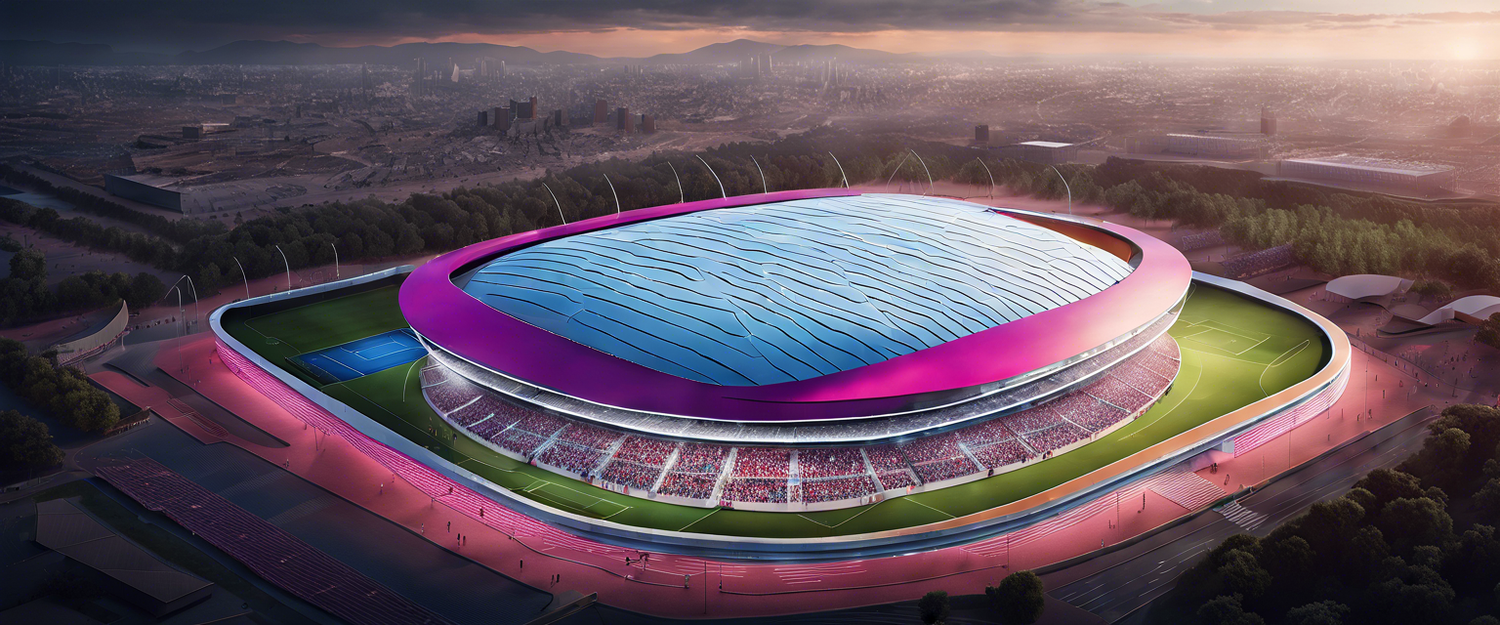The Evolution of Stadium Design: What Lies Ahead?
In under 20 years, stadium design has undergone a significant transformation. While iconic venues like Emirates Stadium and Wembley Stadium represent the pinnacle of sports arenas in the UK, the advancements in design and functionality seen in emerging stadiums like the Tottenham Hotspur Stadium redefine what fans can expect. The question arises: Are new stadiums truly the future?
Manchester United's Ambitious Proposal
The Old Trafford Regeneration Task Force has suggested that constructing a new 100,000-capacity stadium for Manchester United could be more beneficial than redeveloping the existing Old Trafford. This future venue aims not just to elevate football standards but also to enhance the surrounding community's facilities.
Lessons from Global Stadium Renovations
Renovation is becoming a cornerstone of modern stadium design. For instance, Barcelona's Espai Barca project is currently upgrading the Camp Nou, enhancing both the stadium and the surrounding locale. Similarly, Real Madrid is refurbishing the Santiago Bernabeu, demonstrating that renovation can yield impressive results that new constructions might not achieve.
Multi-Functional Stadiums: Meeting Diverse Needs
Today's stadiums prioritize multifunctionality. The Tottenham Hotspur Stadium, for example, can host various events from football matches to concerts, creating a bustling venue year-round. Chris Lee, Managing Director at Populous, emphasizes the importance of designing spaces that can be adapted for multiple uses, ensuring that stadiums serve their communities beyond matchdays.
Community-Centric Designs
Modern stadiums are observing a trend of reestablishing their position within local communities. Rather than being isolated, many stadium designs now include amenities like restaurants, hotels, and parks, encouraging ongoing local engagement. A notable example is Fulham's new Riverside Stand, which integrates various community resources with its enhanced capacity.
Sustainability in Stadium Architecture
The Eco Park Stadium for Forest Green Rovers exemplifies a movement towards sustainability in sports architecture. This project aims to establish the world's first all-timber stadium, prioritizing eco-friendly construction materials and techniques. According to project director Jim Heverin, promoting sustainability in stadium design is crucial for football's future.
Innovations in Technology: The Future Experience
As the digital revolution continues, technologies like augmented and virtual reality are set to become integral to the matchday experience. Financial analyst Kieran Maguire foresees a future where clubs leverage technology to connect with fans globally, enhancing engagement through virtual environments.
Conclusion: The Future is Here
The future of stadium design encompasses multi-purpose functionality, community involvement, sustainability, and digital innovation. As clubs adapt to these trends, fans can expect immersive experiences that go beyond mere attendance. In this evolving landscape, stadiums will not only serve as entertainment venues but as community hubs that foster connections and environmental responsibility.
FAQs About the Future of Stadium Design
- What are the key elements of modern stadium design? Modern stadiums focus on multifunctionality, community integration, sustainability, and digital enhancements.
- How are stadiums incorporating sustainability? Many new designs prioritize eco-friendly materials and aim for net-zero emissions.
- What technology trends are emerging in stadium design? Augmented and virtual reality are anticipated to play significant roles in enhancing the fan experience.
Explore More About Stadium Design
For further insights, visit
Sky Sports for comprehensive coverage of football and stadium evolution.


댓글 남기기
모든 댓글은 게시 전 검토됩니다.
이 사이트는 hCaptcha에 의해 보호되며, hCaptcha의 개인 정보 보호 정책 과 서비스 약관 이 적용됩니다.